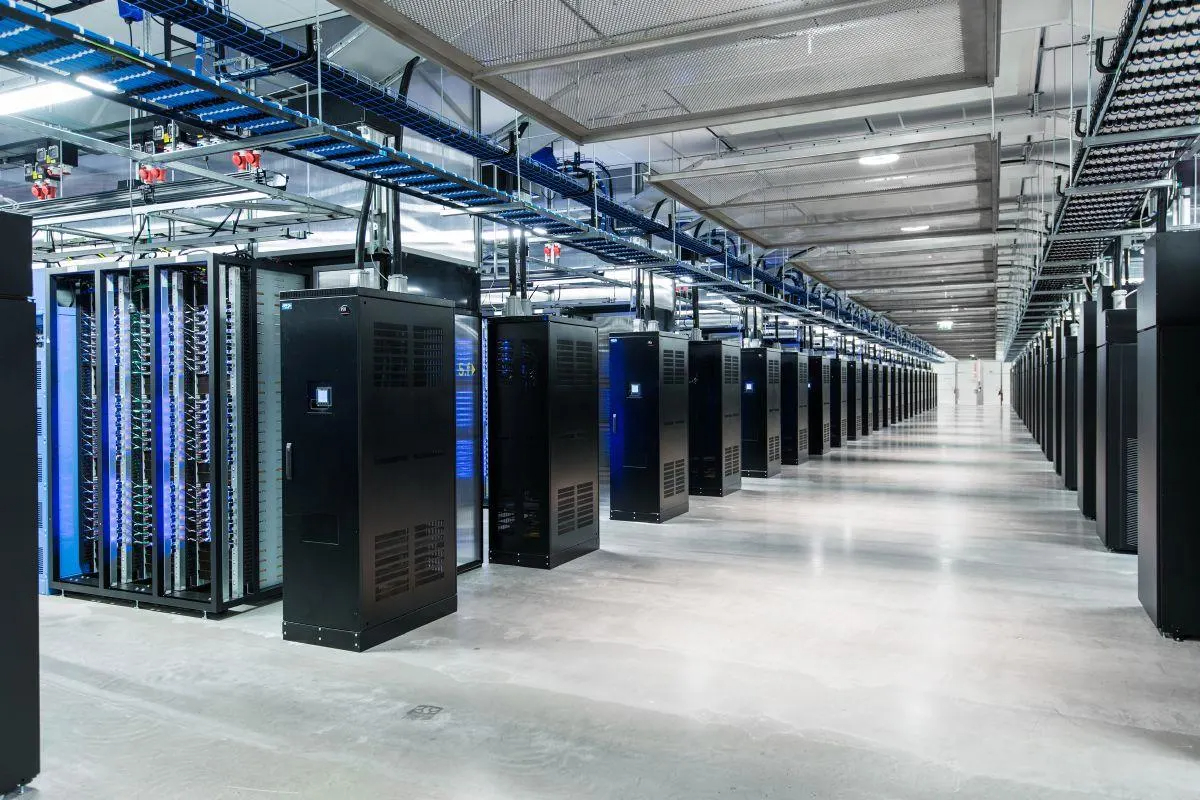Ever since generative AI made landfall last November, businesses of all hues and sizes have been discussing its impact on their work. However, the need for large data centers required to run train AI models does bring up a question of sustainability, as our earlier report suggests.
Given the massive quantities of power and water required to maintain these data centers, several governments across the world have started monitoring these energy-intensive facilities. For example, Singapore imposed a moratorium back in 2019 on data centers. It said such moderation was critical to balance sustainability and business needs.
However, construction resumed with the country giving away 80 MW of new capacity to four data center operators. The logic was simple. Halting construction of data centers permanently was even a viable option, given the rapidly growing demand for data processing and storage. Of course, one could follow the Dutch and the Irish models that have since paused new facilities.
Experts say the governments need to take a balanced view of managing resources and balancing them with industry demands. Besides energy and water, data centers also occupy large tracts of land, which some argue could be put to better use in value-added manufacturing. However, opinion is unanimous that rules are needed for a sustainable data center growth.
Opinions start differing when talk of a regulatory approach comes to the fore. Singapore requires proposals for data centers to be accompanied by a sustainability strategy, which is then assessed and signed off by the government. The country also came up with new standards to work as a guide for data center applicants and existing ones.
However, Europe has relied on mandatory and voluntary self-regulation to sustain the pace of sustainable data centers. Given that the real estate markets there are regulated, governments only had to come up with new regulations around data protection, sustainability and energy efficiency benchmarks.
Of course, one mustn’t forget that Europe also has amongst the strictest ESG report norms in the world whereby industry has signed up to the climate neutral data center pact, an initiative that is self-regulatory in nature and sets 100% renewable energy use, power usage effectiveness and water efficiency targets.
India is on the cusp of a massive spike in data storage and processing requirements, given its focus on digitizing its economy for its 1.4 billion population using measures such as UPI payments, unique identification and the open network for e-commerce activities. In fact, just mobile data has grown by 20% CAGR over the past five years.
According to the Global Electricity Usage of Communication Technology: Trends to 2030,” data centers are projected to consume 8% of electricity worldwide by 2030. Building sustainable data centers is not a nice-to-have, but imperative to our collective fight against climate change.
Compared to the US (2700), Germany (487) and China (443), India only has 138 such data centers today, mostly spread across Delhi, Mumbai, Chennai and Bengaluru. As demand grows, these will start shifting over to smaller towns and cities, given the cheaper real estate availability on the one hand and improving quality of telecom infrastructure on the other.
Data center markets in India are projected to grow from 800 MW of installed capacity in 2022 to 1700 MW within the next two years. Not only would this put additional strain on the energy and water resources, it could potentially render the country vulnerable to its own stated dream of owning the data within its geographical boundaries.
In such a scenario, there is hardly any choice but to adopt sustainability goals and use technology to make energy and water consumption more efficient. As Santhosh Vishwanathan, managing director and VP of sales at Intel says, technologies like liquid immersion cooling, data center IPUs and sustainable processors would be needed to enhance efficiencies and reduce the environmental impact of mission critical data centers.



One thought on “Data Centers and Sustainability – In Sync?”